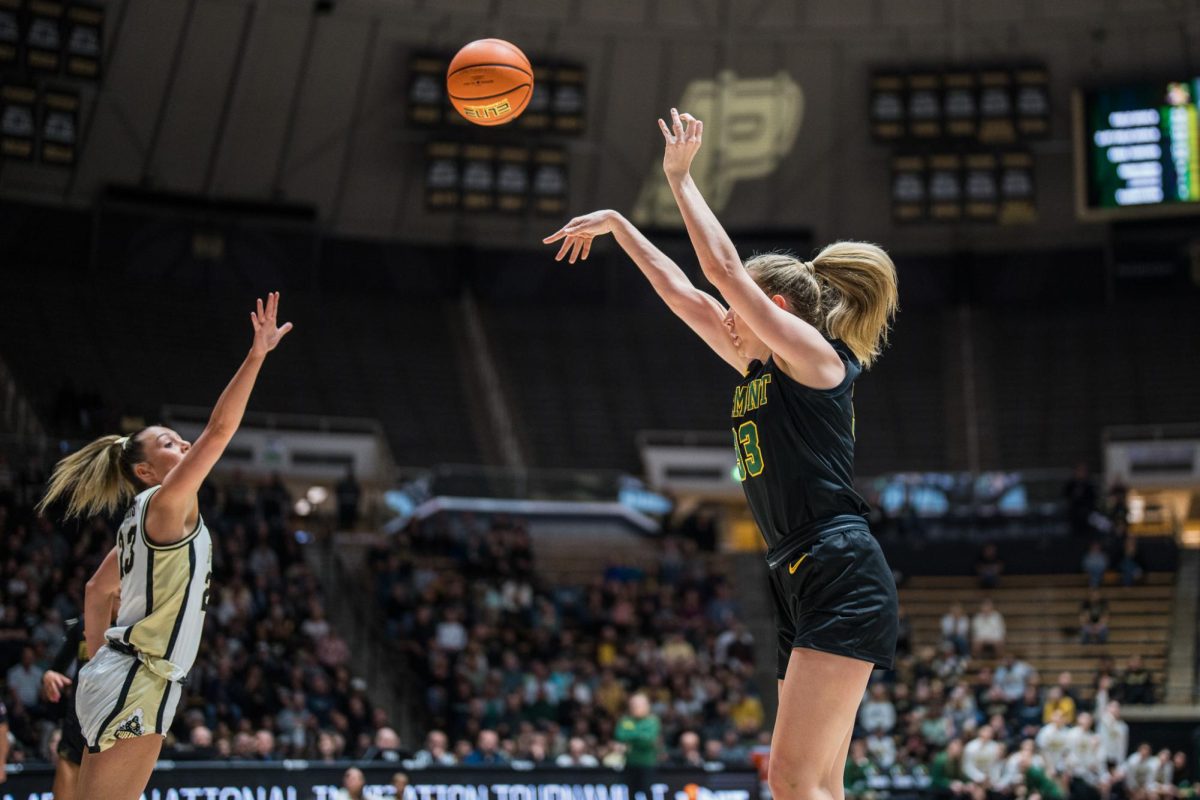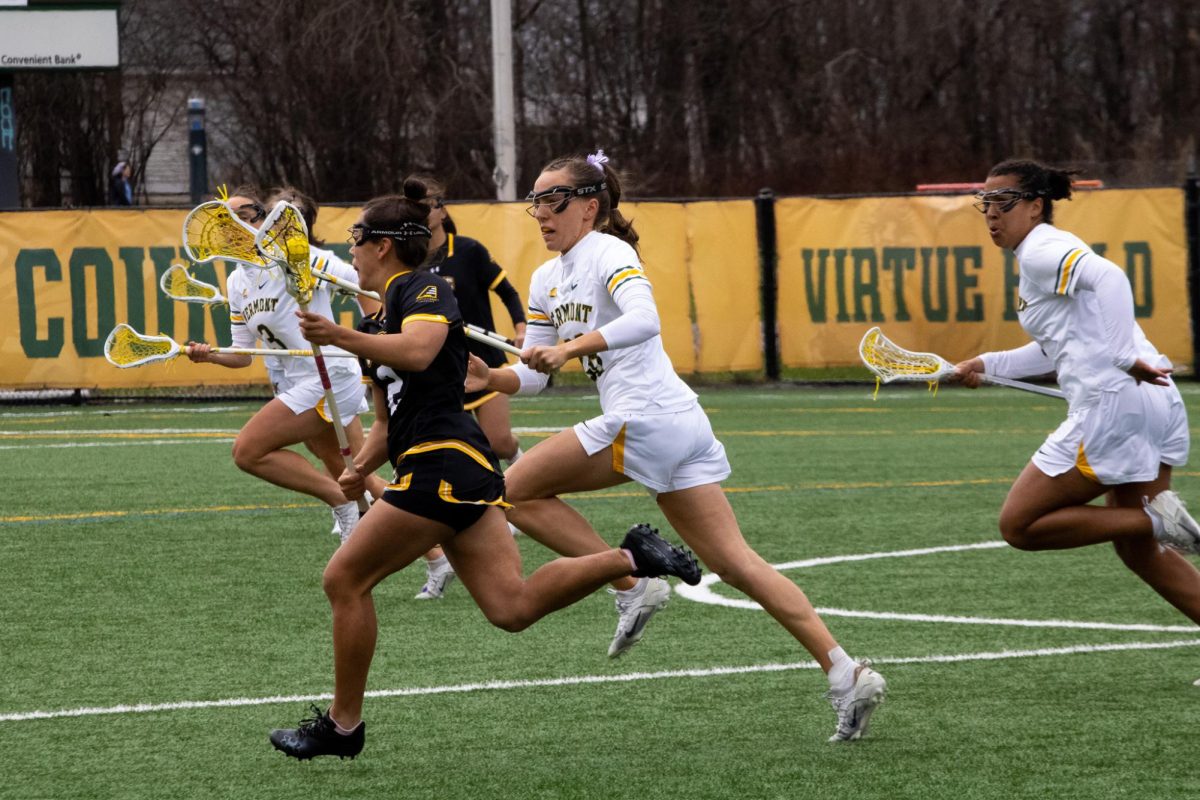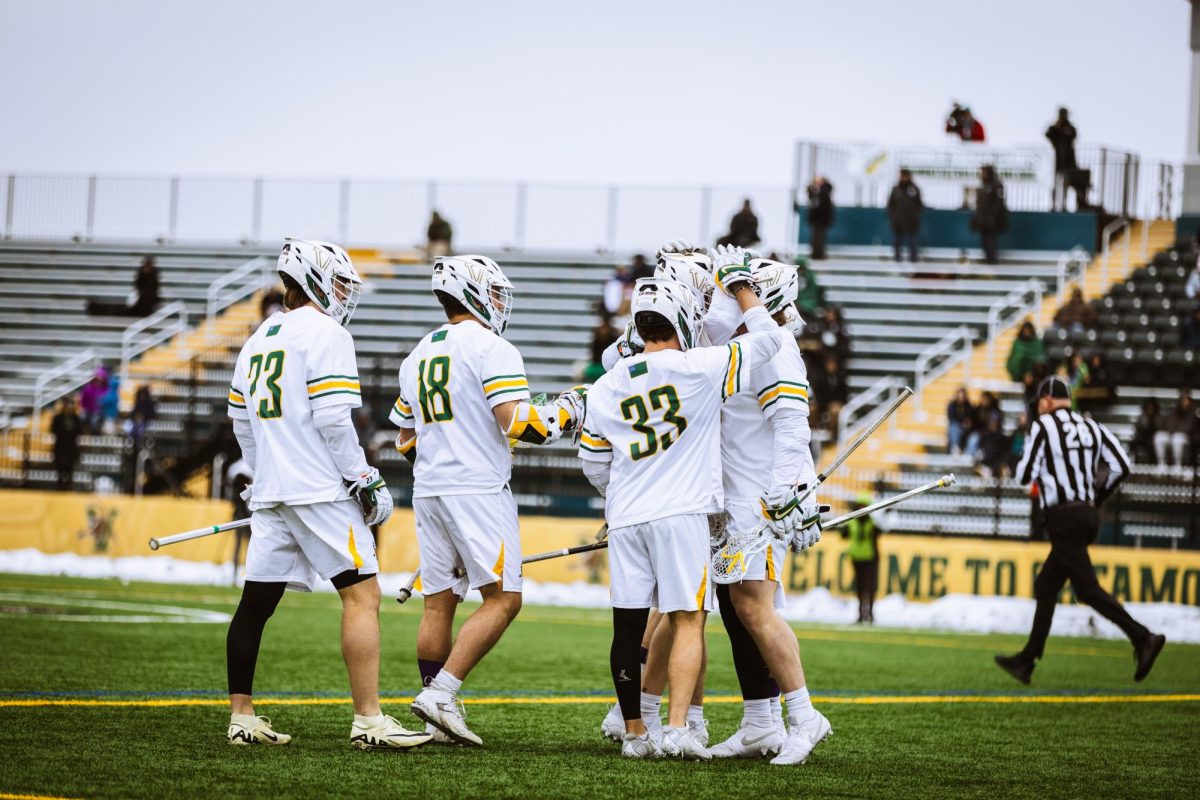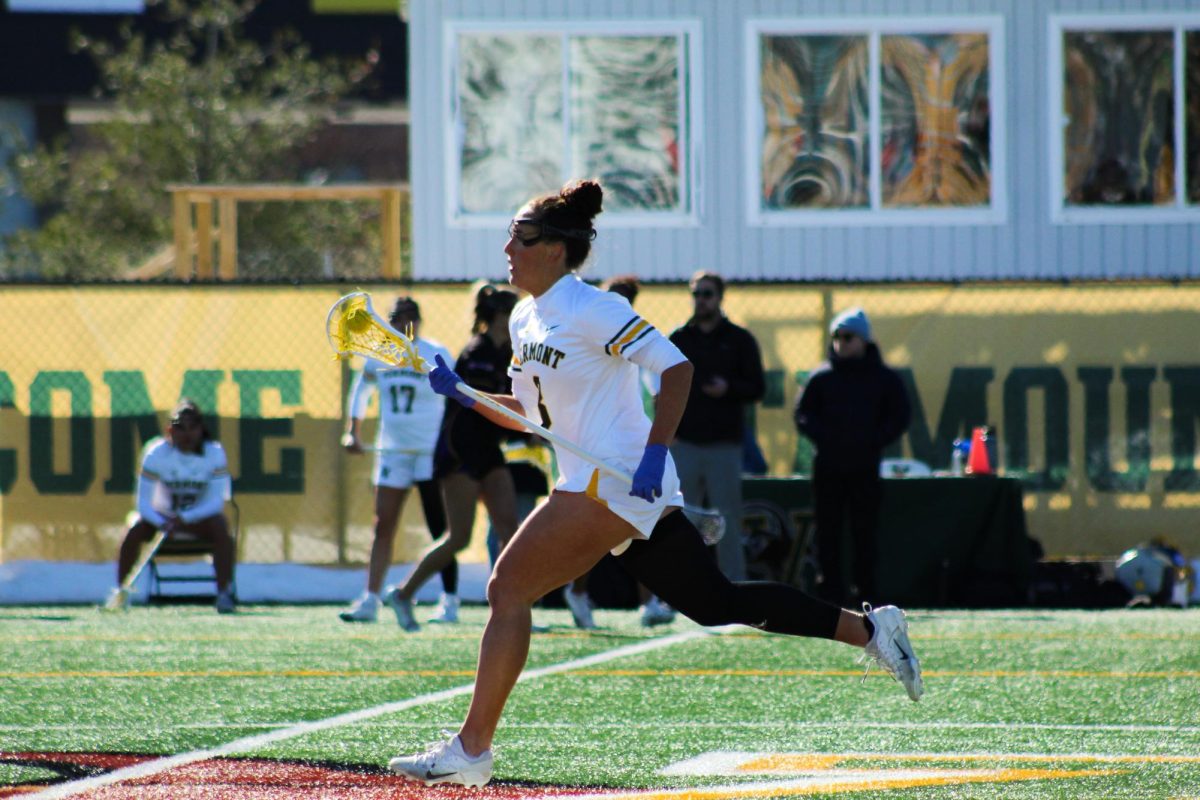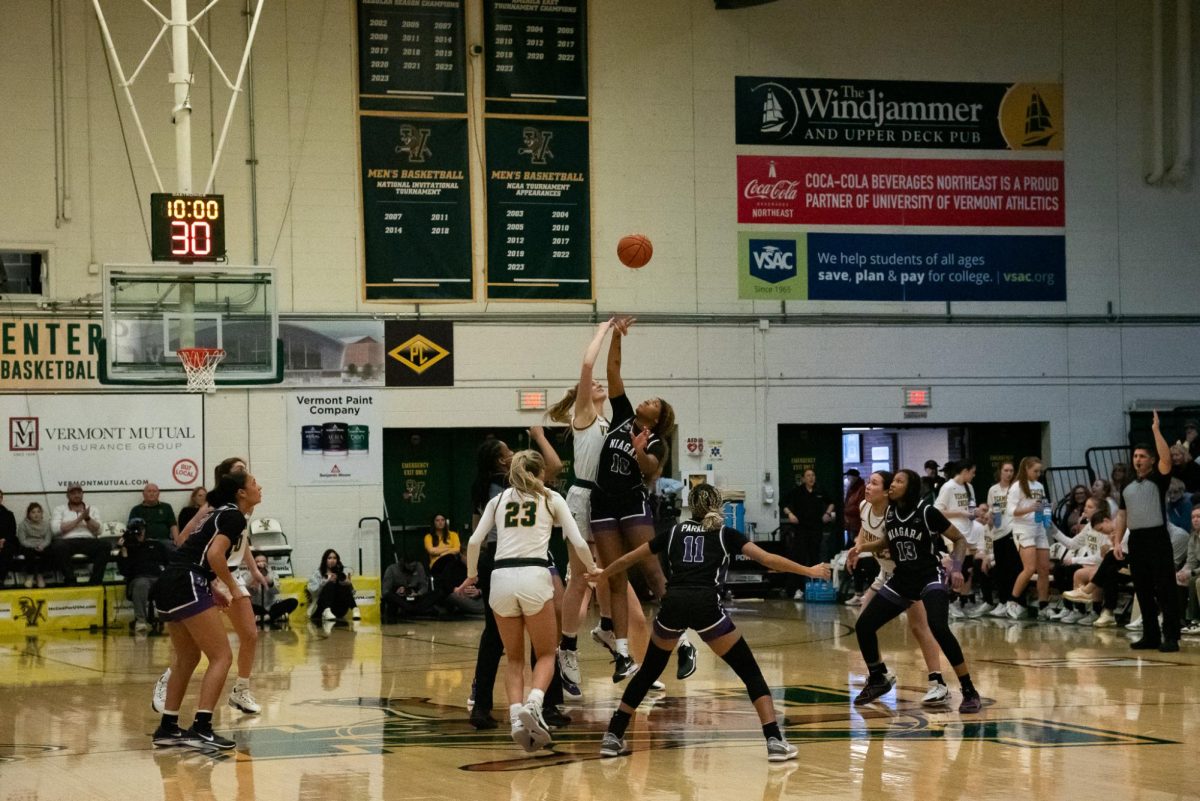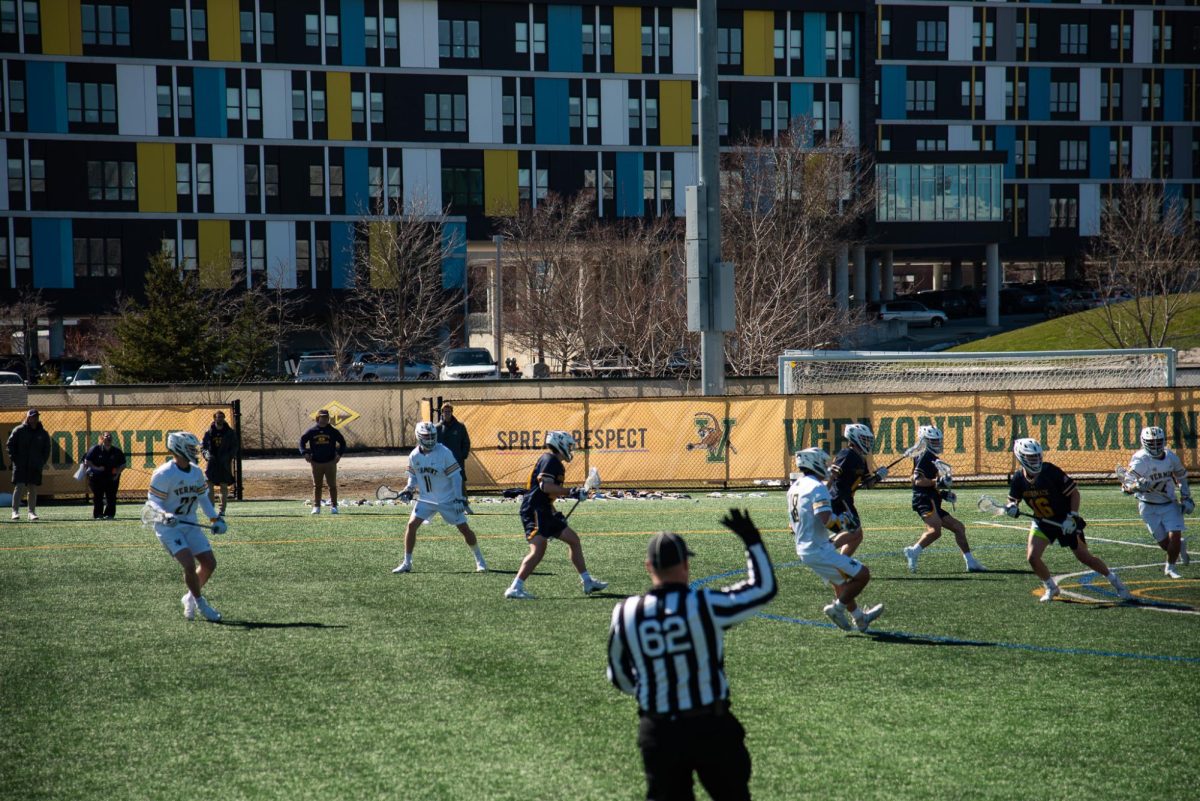The second most common cause of brain injuries in people between the ages of 15 and 24 is concussions according to a 2007 study in the Journal of Athletic Training.
This study found that concussions made up 8.9 percent of all sports-related injuries in college students.
A concussion is a change in brain function after a hit to the head. It may be accompanied by temporary loss of consciousness but is identified in awake individuals with measures of neurologic and cognitive dysfunction, according to the NCAA.
“When there’s an impact to the head, the brain can be sloshed around,” said Allison Shepherd, UVM’s Athletic Medicine Services Director.
Sophomore Sam Williams, a member of the UVM dressage team, received a concussion last semester at the home show after falling off a horse at the beginning of her performance.
“I had never been on him before, and I was only on for about 30 seconds before he started panicking,” she said.
Varsity athletes that play for UVM all go through baseline testing before they begin playing in order to better diagnose this injury, Shepherd said.
“One of the hardest things about concussions is that we can’t see them,” she said. “Even if people might act differently, they’re so different from any other injury.”
Shepherd said that no concussion is the same. Therefore, she said Athletic Medicine Services must work with each case as a unique injury.
“We do a really in-depth history: any past injuries they may have, learning disabilities, depression, substance abuse – all of these things that could potentially affect you if you sustain the injury,” she said.
Williams said her injury involved nausea triggered by exposure to fluorescent lights.
In other cases, athletes may have difficulty reading or reacting. They may also show symptoms of depression.
Shepherd said that athletes are not allowed to return to play “until they are completely symptom-free,” and that their return to the sport must be gradual and controlled.
In Williams’ case, she said she was not allowed to return to riding until nine weeks after her injury.
Athletic medicine has taken great strides in working with athletes with concussions, Shepherd said.
“There used to be a lot of hysteria around the word ‘concussion,’ but the reality is that we have so much more knowledge about it now,” she said. “We have all the steps in place to make sure that the care is really done well.”







